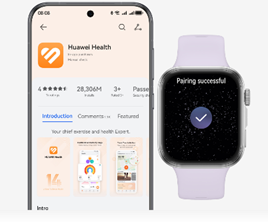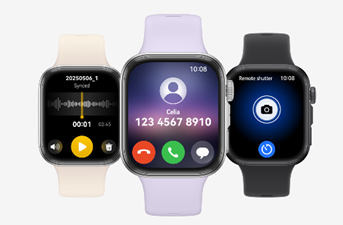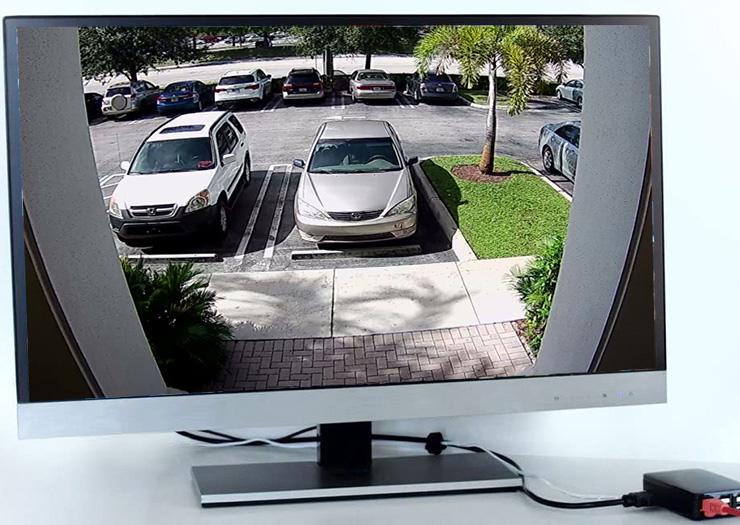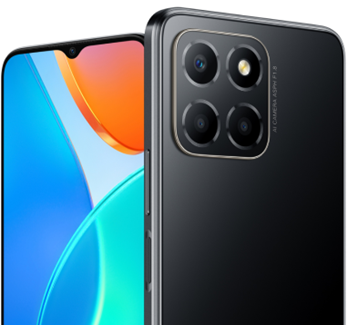How Do Smartwatches Function as Health Monitors?
Modern smartwatches have evolved far beyond their step-counting ancestors into sophisticated health monitoring systems. These wrist-worn devices now track everything from your heart's electrical a...
16/05/2025
Modern smartwatches have evolved far beyond their step-counting ancestors into sophisticated health monitoring systems. These wrist-worn devices now track everything from your heart's electrical activity to the quality of your sleep cycles, providing insights that were once only available in medical clinics. In this article, we'll explore the science behind these wearable health monitors, explain what the metrics really mean, and show how to use this information without becoming overwhelmed by data.

The Science Behind Smartwatch Health Monitoring
Smartwatches employ an array of sensors working together to paint a comprehensive health picture. Photoplethysmography (PPG) sensors use green LED lights to detect blood flow changes for heart rate monitoring, while red and infrared LEDs measure blood oxygen levels. Advanced models include electrocardiogram (ECG) sensors that track your heart's electrical signals through electrodes in the watch casing. Accelerometers and gyroscopes analyze your movement patterns during sleep and activity. These sensors generate raw data that sophisticated algorithms then interpret, comparing your metrics against population baselines while learning your personal patterns over time. The true innovation lies not in individual sensors, but in how they work together - for example, combining movement data with heart rate variability to distinguish between physical and mental stress.
Key Health Metrics Smartwatches Can Track
1. Heart Rate Monitoring (Resting, Active, Variability)
Your smartwatch provides three distinct heart rate perspectives that each tell different health stories. Resting heart rate (typically 60-100 bpm) reflects overall cardiovascular fitness - athletes often see theirs drop below 60 as their hearts become more efficient. Active heart rate during exercise helps maintain optimal training zones; runner Mia Chen uses her watch's real-time alerts to stay in her fat-burning zone during long runs. Most valuable is heart rate variability (HRV), the millisecond differences between beats that indicate nervous system balance. Low HRV often precedes illness or overtraining. These metrics become truly powerful when tracked over time, revealing how your body responds to different stressors and recovery practices.
2. Sleep Quality Analysis (REM, Deep, Light Sleep)
Modern sleep tracking goes far beyond just counting hours in bed. By combining movement data, heart rate patterns, and sometimes blood oxygen levels, smartwatches estimate time spent in crucial sleep stages. Deep sleep (about 20% of your night) is when tissue repair and immune strengthening occur. REM sleep (20-25%) supports memory consolidation and emotional processing. The most useful sleep insights come from weekly patterns rather than single nights - noticing that alcohol reduces your deep sleep, or that meditation before bed increases REM duration. Some watches now provide "sleep scores" that help quantify overall sleep quality at a glance.
3. Blood Oxygen (SpO2) Levels
Blood oxygen monitoring, which usually measures saturation levels between 95-100%, has transitioned from hospital pulse oximeters to consumer wearables. While a single reading may not provide much insight, observing trends over time can offer valuable health information. It's important to note that wrist-based SpO2 measurements have some limitations; they may be less accurate than those from medical devices, particularly during movement or for individuals with certain skin tones. Therefore, the most useful application is tracking changes in your levels relative to your own baseline, rather than focusing solely on the exact numbers.
4. Stress & Recovery Scores
By analyzing HRV, skin temperature, and activity data, smartwatches estimate your body's stress load and recovery needs. These scores help distinguish between beneficial stress (like a challenging workout) and harmful strain (like work burnout). The most advanced systems learn your personal baselines - recognizing that your "normal" stress response differs from others'. These metrics shine when used to make small lifestyle adjustments rather than as absolute health verdicts - noticing that your recovery score improves on days you meditate, for example.

Turning Data into Actionable Health Insights
The key to smartwatch health tracking lies in interpreting trends rather than obsessing over single data points. Establish your personal baselines by tracking consistently for several weeks under normal conditions. Look for patterns - perhaps your HRV dips every Thursday after weekly staff meetings, suggesting work-related stress. Set reasonable goals, like gradually increasing deep sleep percentage rather than chasing perfect scores every night. Remember that these devices complement rather than replace medical care - while a watch might detect potential atrial fibrillation, only a doctor can diagnose it.
Conclusion
Smartwatches have transformed personal health monitoring, putting powerful insights on our wrists. For those seeking comprehensive health tracking, the Huawei Watch Fit 4 offers enhanced sensing capabilities with TruSense technology, including medical-grade ECG monitoring and advanced arterial stiffness detection. Its pulse wave arrhythmia analysis provides early warnings for potential heart issues, while 24/7 health tracking helps users stay attuned to their body's signals. Understanding the Huawei Fit 4 Price also helps users evaluate the value of these advanced features in comparison to other devices. These smartwatches work best when users understand both their capabilities and limitations—they're exceptional at revealing trends and prompting health conversations, but shouldn't replace professional medical advice. By combining smartwatch data with medical guidance and personal awareness, we can all make more informed decisions about our wellbeing.




